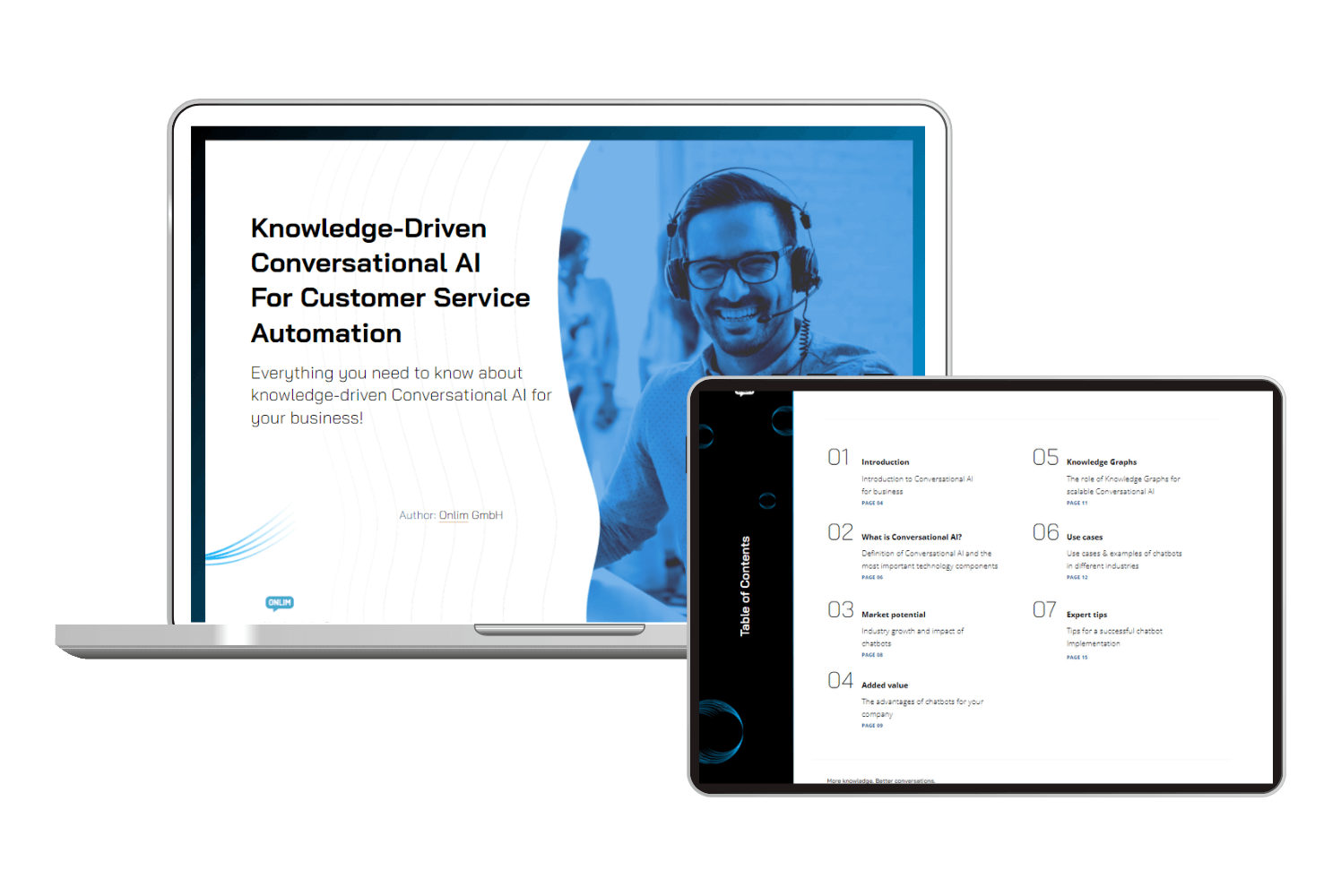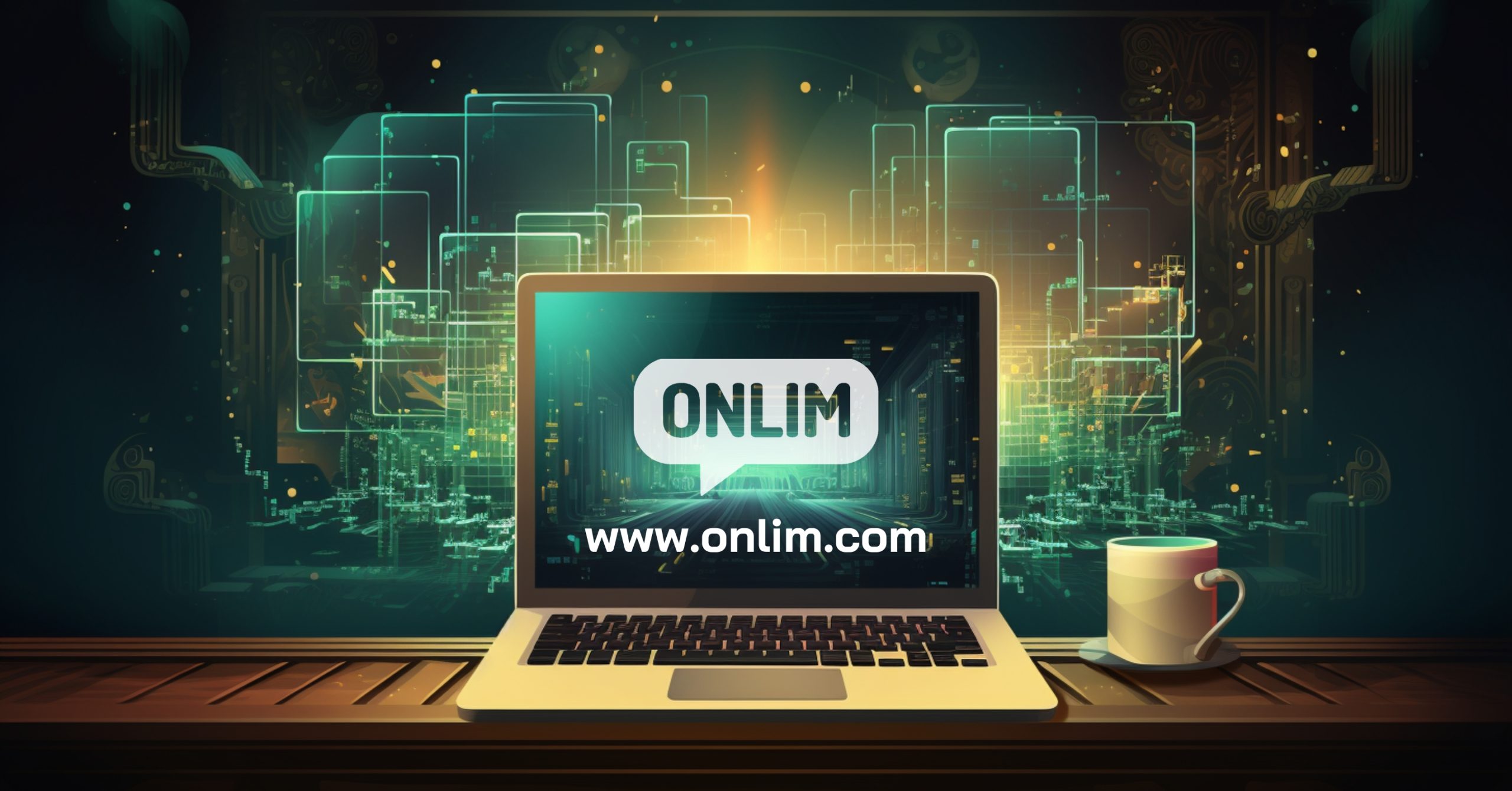Transparency and Innovation: The Future of Open-Source AI
The world of artificial intelligence (AI) has made tremendous progress in recent years and is increasingly being integrated into our daily lives. A driving force behind this evolution is the open-source movement, which enables developers and researchers to share resources and ideas to collaboratively work on groundbreaking AI projects.
Transparency and innovation are two key concepts that will significantly shape the future of open-source AI. The EU AI Act has sparked a discussion about the role of open-source AI in AI development.
What Does Open Source Mean?

Open Source refers to the release of program code that is available online and can be accessed by anyone. For example, Visual Studio Code, Linux, and GIMP are open-source projects. This practice is widespread in software development and allows people to download existing program code, data, and research results to analyze them, learn from them, use them in their own projects, and potentially create improved versions.
At its core, Open Source is about sharing ideas and collaborating to work on the development of solutions, ultimately creating efficient systems.
What are the advantages and disadvantages of Open Source?
Open source software has many advantages that make it an attractive option for developers, businesses, and society as a whole. Here are some of the key benefits of open source:
- Cost-Free: Open-source software is typically freely available. This means that businesses and individuals don’t have to pay licensing fees to use the software, leading to significant cost savings.
- Customizability: Open-source software can be tailored to individual needs and requirements. Developers can modify the source code to add, remove, or modify features to suit specific needs.
- Transparency: The source code of open-source software is accessible to everyone. This allows users to review the code to ensure there are no hidden or malicious features, promoting trust in the software.
- Security: Open-source software often undergoes rigorous scrutiny by the community, leading to faster detection and resolution of security vulnerabilities. Companies and organizations have more control over the security of their systems as they can review and customize the code as needed.
- Innovation: Open source encourages collaboration and knowledge sharing. Developers from different parts of the world can work together on projects and exchange ideas, leading to faster innovation.
- No Vendor Lock-In: Companies are not tied to a specific software provider. When using an open-source solution, they can easily switch to another or customize the existing solution to meet their needs.
- Community Support: Open-source projects often have vibrant developer communities. This means that users and developers can easily find support and resources to solve issues or answer questions.
- Freedom: Open source promotes the idea that software should be accessible to everyone, contributing to the democratization of technology.
- Interoperability: Open-source software can often seamlessly integrate with other open-source and proprietary solutions, enhancing interoperability and flexibility.

Overall, open source software and principles offer a variety of advantages that can contribute to better, more secure, and cost-effective solutions for a wide range of applications. Although open source software offers many benefits, there are also some potential disadvantages to consider:
- Lack of Support: Some open-source projects may not have the same type and level of support as commercial products. Users may rely on the community for issue resolution and support.
- Complexity: Customizing open-source software requires technical expertise. Companies or individuals lacking the necessary skills may have difficulty customizing or maintaining the software.
- Lack of User-Friendliness: Some open-source applications may be less user-friendly than their commercial counterparts. This can result in users needing more time to become proficient with the software.
- Fragmentation: In some cases, the variety of available open-source options can lead to fragmentation, with different versions or distributions. This can affect compatibility and interoperability.
- Accountability: Commercial software often has a clear point of contact for support and issue resolution. With open-source software, responsibility may be less clearly defined, potentially causing confusion when problems arise.
- Maturity and Stability: Not all open-source projects are equal. Some may be less mature or stable than others. It’s important to assess the maturity and stability of a project before implementation.
- Lack of Documentation: Some open-source projects may have insufficient or outdated documentation, making it challenging to learn and use the software.
- Integration Challenges: In some cases, integrating open-source software seamlessly into existing IT infrastructures can be difficult, especially when proprietary software or specific interfaces are required.
It’s important to note that most of these disadvantages do not necessarily apply to open-source software but can vary from project to project. Before deciding to use open-source software, you should carefully consider the specific advantages and disadvantages related to your project and requirements.
The Significance of Open-Source AI and the Debate Surrounding the EU AI Act

On one hand, the AI Act proposes that developers can be held liable for the actions performed by others using their work. This can be challenging for open-source developers to control. On the other hand, GitHub emphasizes the importance of open-source development in research and the benefits of transparent and accessible AI development.
Advocates of open-source AI see it as an opportunity to make AI technologies more democratic and drive innovation. GitHub and others support the idea that openness and collaboration in AI research can lead to progress and broader applications. The ability to access source code and models promotes transparency and enables developers worldwide to learn from others’ advancements and improve their own solutions.
However, there are also opponents of open-source AI who consider it too risky. These proponents want to restrict control over large language models to a small group of very careful researchers.

They argue that AI technologies, due to their immense power and complexity, require strict regulation to prevent misuse and potential dangers. This could give a competitive advantage to large AI companies with significant resources and expertise and restrict competition. An example of this is OpenAI, which has decided to stop sharing most of its GPT research for competition and safety reasons. This underscores the concerns of some stakeholders that the release of key technologies could undermine competitiveness and security.
The EU law raises the question of whether it actually makes AI development safer or merely shifts responsibility and profit into the hands of a few established companies. The answer to this question is complex and depends on the implementation of the regulations.
While the AI Act has the potential to promote security and ethics in AI development, it also poses the risk of limiting the innovation capacity of the open-source community. It is important to find a balanced approach that leverages the opportunities of open-source AI while introducing mechanisms to ensure responsibility and transparency in AI development. Close collaboration between regulatory authorities, AI developers, and the open-source community can help find a compromise that promotes progress and security while considering the rights and responsibilities of all stakeholders.
Knowledge-Driven Conversational AI For Customer Service Automation

Conclusion

In summary, it can be said that transparency and innovation are the cornerstones of the future of open-source AI. The open-source movement has opened the door to broad and global collaboration in AI research, and it has the potential to make AI technologies more democratic and accelerate progress. However, the debate surrounding the EU AI Act also highlights legitimate concerns about responsibility and security in AI development.
It is crucial to find a balanced approach that harnesses the benefits of open-source AI while introducing mechanisms to ensure responsibility and transparency. Close collaboration between regulatory authorities, AI developers, and the open-source community can help find a compromise that promotes innovation, minimizes security risks, and respects the rights and responsibilities of all stakeholders.
In the exciting world of open-source AI, it remains fascinating to observe how this debate evolves and how it shapes the future of AI technologies. One thing is certain: transparency and innovation will continue to be the driving forces that propel AI to new heights and profoundly transform our world in the coming years.
Retrieval Augmented Generation (RAG)
July 10th, 2024|
Is a voicebot right for my company?
June 18th, 2024|
What is Generative AI?
June 11th, 2024|



